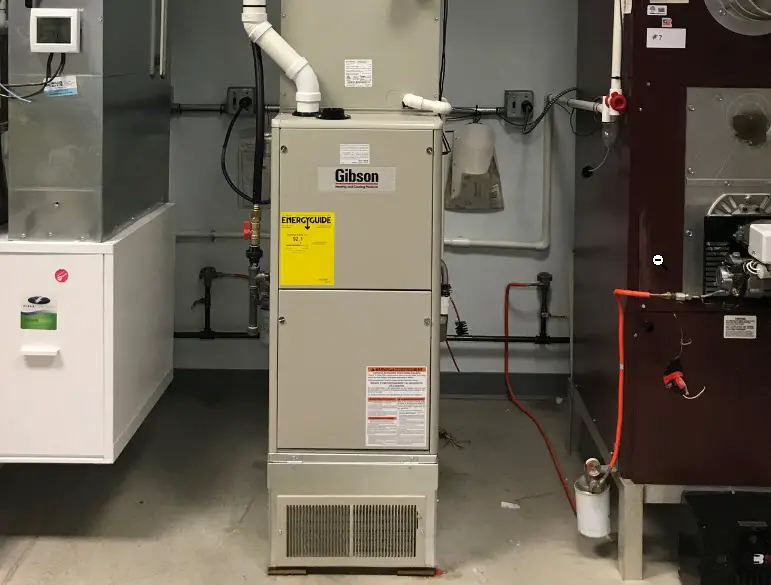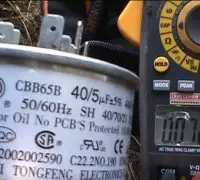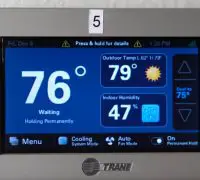Even if you call yourself a responsible homeowner, you may still skip some of the chores around the house. We live in a busy time; checking if the furnace has enough oil may slip out of our minds. You may skip dinner if you forget to get food for once, but failing to refill the tank with heating oil is serious. You’re not just going to feel cold for the night or won’t have hot water in the morning; not having enough heating oil for your furnace will have several consequences.
Page Table of Contents
What makes the oil run out?
Even if not getting the refill is the most common cause for running out of oil, other situations may also occur, leaving you without the fuel the furnace needs for running. Here are some examples:
- You have changed the frequency of the heating on the timer; the furnace runs more often, so it needs to refill more often.
- You have increased the temperature on the thermostat so that the furnace will operate more frequently.
- You start using some additional radiators.
- You haven’t services the boiler in some time.
What happens when you run out of the home heating oil?
Once it’s clear to you that you’ve run out of heating oil, you should address the problem so that you don’t cause more severe damage. A cold house is the most obvious consequence, and homeowners also fear that no more heating oil can ruin the system. However, furnaces come with safety mechanisms that switch off the burner when there’s no oil to burn.
That doesn’t mean that you should postpone a refill, as the filters and fuel lines may clog. Residue and dirt will collect at the bottom of the oil tank, remaining in the pipes, and require professional servicing and cleaning. Obviously, it will cost you more than refilling the tank as you’re supposed to.
When the system doesn’t have enough heating oil, you may also have to reset the system. If the radiators didn’t run for some time, you would also have to bleed them, releasing the trapped air inside for proper running.
Running out of heating oil is uncomfortable, to say the least, especially in the cold season. It also happens mostly during the colder months, when you need heat the most. When you’re checking the heating oil level in the storage tank regularly, the risk of running out of oil is higher. Fuel theft may occur, also, so it’s not always your fault. The risk for that to happen is close to null, nevertheless.
What should you do when you run out of heating oil?
You will know very fast that you’ve run out of heating oil; the furnace won’t start so that you won’t have any heat air. Here are the steps to take:
1. Make sure that you’ve run out of heating oil.
Even if it may seem too obvious that you no longer heating oil, you should always be 100% sure that what’s happening. Take a manual dip at the oil storage tank. Sometimes, defective fuel lines from the storage tank could be the culprit.
It would help if you were sure that you’ve run dry of heating oil before making the refill. You shouldn’t postpone refilling if the tank is empty.
2. Place an order for the heating oil.
Get in touch with your oil supplier as soon as possible and place the heating oil order. The winter and winter holidays are the busiest, so it may take some time until you receive the oil. It’s not a bad idea to make sure that the supplier understands that you’re dry of heating oil, so you can’t exactly wait for your order to be processed.
3. Buy 20 drums of heating oil.
During the colder season, you will be able to purchase 20 drums of kerosene heating oil from the heating oil supplier. Sometimes, a couple of drums could be enough for running the heating system and make your household warm for a while, while you’re waiting for the heating oil from the supplier.
Twenty-liter drums are widely available, but you should contact the local delivery depot to find pricing and availability.
4. Stick to the routine for checking the heating oil
If you’ve run out of heating oil by accident, it’s not a bad idea to create and follow a constant oil monitoring routine.
Professionals recommend looking at the heating oil level at least every week, especially throughout the cold seasons in fall and winter. It’s one of the surest methods to reduce the risk of running out of heating oil. When you know how much heating oil you have in the tank, you can place the proper order. Ideally, it would help if you didn’t leave the oil level below 12 inches from the bottom.
Stay on the safe side and place the order for heating oil before the tank gets to the final ¼ of the oil.
5. Restarting the furnace may request professional help.
Sometimes, your furnace won’t restart even if you’ve made the refill. Clogged fuel lines or filters could cause the problem, and not a damaged furnace. As furnaces come with safety mechanisms that shut down the burner to prevent damage when there’s no oil to burn, you shouldn’t make a tragedy out of it.
However, the naturally developing dirt and sludge in the bottom of the storage tank may get into the fuel lines and filters, causing clogging. If so, you will have to call the professionals to clean the pipes and filters before restarting the furnace.






